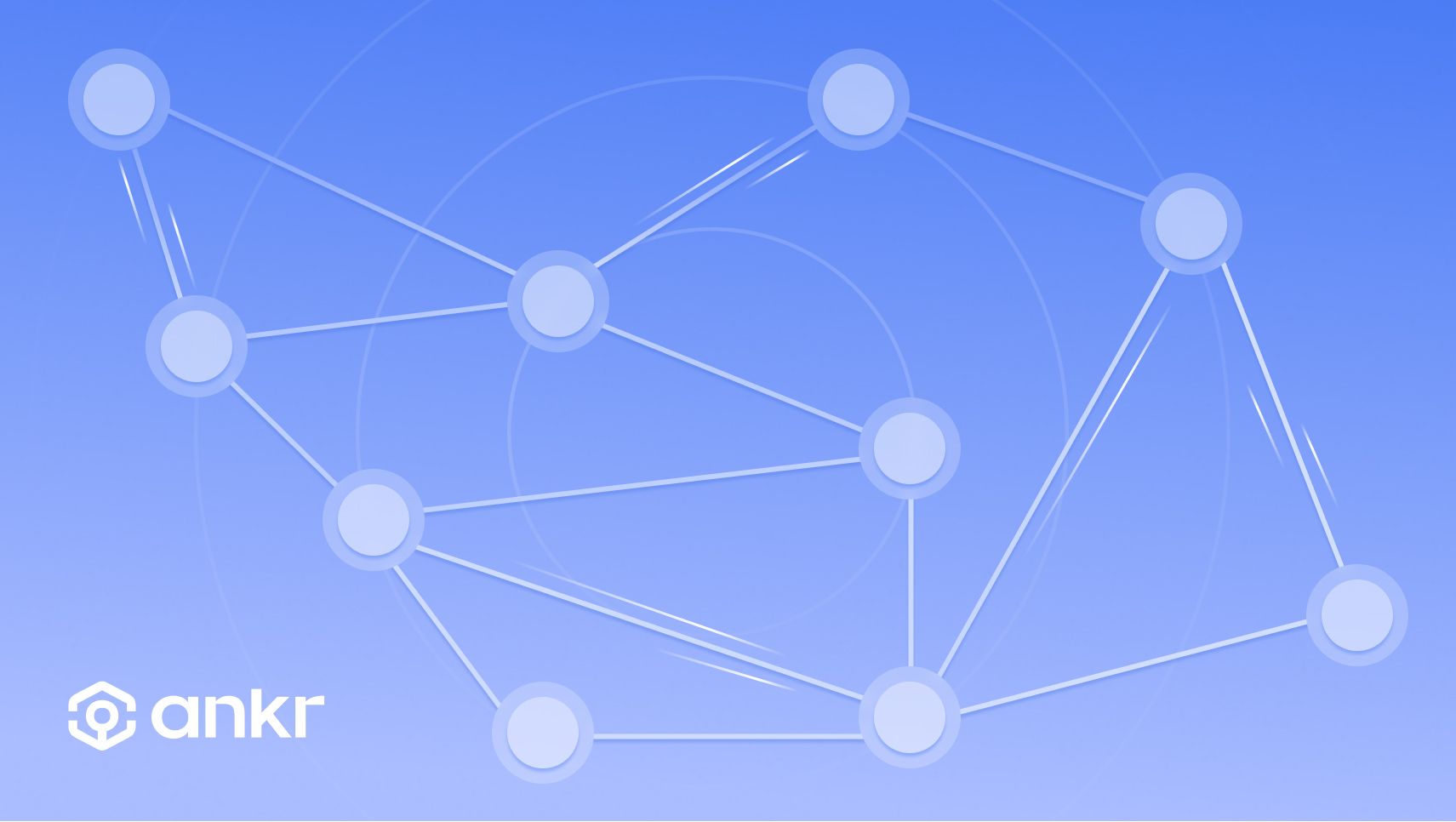The Power of Distributed Infrastructure: Promoting Performance for Decentralized Systems

Kev Silk
May 18, 2023
5 min read

Engineers in various industries are constantly seeking ways to maximize the potential of what they can create, but the success of their endeavors heavily relies on the infrastructure available to them. While the current Internet infrastructure is well-established and dependable, it is centralized, limiting the potential for decentralized applications. In contrast, blockchain technology and web3 enable developers to build decentralized financial products and applications on top of decentralized infrastructure. However, web3 developers face significant scaling of their applications due to the lackluster performance of purely decentralized infrastructure. Therefore, developers need high-quality distributed blockchain infrastructure to create robust and scalable decentralized applications.
Node Distribution: Enhancing Web3 Development
Decentralization is a crucial component of web3's application layer. However, developers building these applications benefit more from a distributed blockchain infrastructure network with higher-quality node providers than a fully decentralized network with numerous, but only decent-performing, node providers. Such a network ensures reliable and high-performing infrastructure while still promoting decentralization.
Emphasizing the distribution of nodes strikes a balance between the benefits of a fully decentralized network and solves its practical limitations. By focusing on distributed quality nodes over quantity, blockchain infrastructure networks empower developers to build robust and scalable dApps that meet the market's demands more effectively than networks that prioritize a more significant decentralized amount of nodes.
Fully decentralized networks have numerous node providers, but a distributed network with fewer high-quality nodes provides more efficiency and reliability for actual Web3 applications. When developers opt for distributed infrastructure to build their applications, they have a blockchain network fortified with top-tier nodes that can process large volumes of transactions faster and more accurately. This approach allows developers to maintain a decent level of decentralization while maximizing the infrastructure's potential, resulting in applications with improved scalability, reliability, and performance.
Improving the network's performance leads to developer peace of mind, knowing that the system will remain secure even during heavy usage or unexpected spikes in traffic. With a focus on distributed quality nodes, developers can build decentralized applications that have the potential to match the UX of centralized applications.
Distributed infrastructure enhances the development experience and contributes to the consistent, widespread adoption of the crypto industry. Developers can reach a wider audience and enable the widespread adoption of web3 applications. Crypto adoption will occur from developers using high-quality and scalable infrastructure to build dApps that attract internet consumers who are hesitant to leave centralized applications. As a result, those consumers will eventually switch from web2 centralized applications to web3 dApps.
By focusing on distributed quality nodes, infrastructure networks provide developers with the necessary tools to create innovative dApps that maintain pretty UI's and easy UX's. These dApps will lead to a future where blockchain technology is widely adopted and the benefits of decentralization become more accessible to the masses.
TL;DR, Node Distribution Provides Better Performance While Preserving Decentralization
- Node distribution solves Web3’s practical limitations and boosts performance while promoting decentralization. Hi
- Distributed infrastructure provides top-tier nodes that can process large volumes of transactions faster and more accurately.
- Distributed infrastructure contributes to the consistent, widespread adoption of the crypto industry by offering developers the necessary tools to create innovative dApps with fast, easy-to-use interfaces and experiences.
Distribution Offers A Rewarding Node Provider Experience
A distributed, high-quality infrastructure offers significant benefits to node providers, creating a more favorable environment for them to operate in. In a distributed network, node providers experience a more predictable traffic flow due to improved performance and reliability. This predictability makes them a more attractive option for developers who require reliable traffic delivery and token holders seeking safe and trustworthy node providers to stake with. As a result, node providers enjoy a more stable and consistent revenue stream, reducing operational costs and increasing their ROI.
Node providers benefit from increased network efficiency in a distributed network, reducing the risks of running a node. This efficiency results in a lower probability of hardware failure and less operational downtime, minimizing the potential for costly maintenance and infrastructure upgrades. Moreover, distributed infrastructure that prioritizes quality nodes results in better network performance, leading to increased token holder participation and a more active and engaged community. Ultimately, distributed infrastructure networks provide node providers with an ecosystem more conducive to their growth and success.
Furthermore, node providers collaborate more effectively in a distributed network. Clear communication between node providers enhances network cohesion and resilience, allowing the infrastructure to handle fluctuations in traffic flow, maintain uptime, and preserve network integrity. Node providers in a distributed network can share resources and work together to address network issues, ensuring the network remains reliable and stable.
Clear communication in the network helps reduce the competitive pressures that node providers may face, where each node competes for traffic and transaction fees. By working together and collaborating in a distributed infrastructure, node providers can focus on delivering high-quality services to developers and token holders while maintaining fair market competition.
Moreover, using fewer trusted node providers allows for easier management and maintenance than dealing with a larger pool spread across multiple locations. Improved management increases operational efficiency and lower maintenance costs while providing a higher network security level. As a result, distributed networks offer streamlined efficiency as nodes spend less time on administrative tasks, and the network can spend more time focusing on core development efforts to build innovative new features within the platform.
Distribution Incentivizes the Most Performant Node Providers to Join:
Predictable Revenue Streams: Distributed infrastructure provides node providers with a more stable and consistent revenue stream due to improved performance and reliability.
Increased Efficiency and Network Performance: Node providers in a distributed network benefit from increased network efficiency, resulting in lower hardware failure risks, reduced operational downtime, and better overall network performance.
Effective Collaboration and Resource Sharing: Clear communication and collaboration between node providers in a distributed network enhance network cohesion, resilience, and fair market competition.
Join the Conversation on Ankr’s Channels!
Twitter | Telegram Announcements | Telegram English Chat | Help Desk | Discord | YouTube | LinkedIn | Instagram | Ankr Staking



